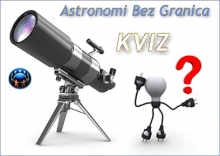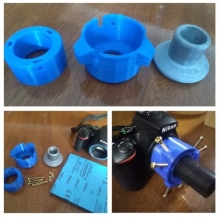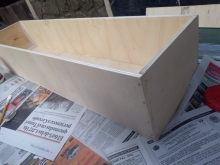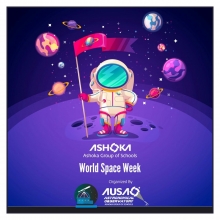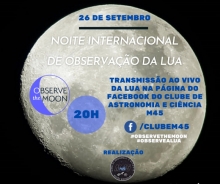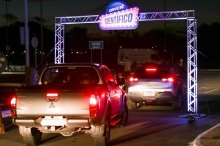Donna Burton, National Coordinator, Australia
by Peggy Walker
 |
| Donna Burton, Siding Spring Observatory astronomer shares a view of the sun using a Solarscope with Year 10 student Amylee Payne. |
The subject of our June Spotlight was selected for her pivotal location for her assistance with the Transit of Venus. Donna Burton, who can be found at Siding Spring Observatory at Coonabarabran, Australia, is a very passionate, real, committed role model. Her outstanding contributions to the world of astronomy and astrophysics make the AWB community—and the world at large—richer.
Donna was born in the Queensland Bush area of Australia. She is married with no children but plenty of livestock to keep her and her husband company. Queensland is Australia’s second-largest state, with an area of 1,852,642 square kilometers—and its third-most-populated state, with 4,580,700 people. It is bordered by the Coral Sea and the Pacific Ocean and has the Great Barrier Reef bordering on its northern coastline.
 |
| Donna’s home state is Queensland in tan, and her new home is in the state of New South Wales directly below. |
Through the years, European settlements were established by the Dutch, Portuguese and French with Queensland, New South Wales and Victoria originally all part of the same large colony. Known as the “Sun Shine State,” it was named after Queen Victoria. This particular region is noted for indigenous Australians and Mungo Man, which was dated as 40,000 years old. The Torres Strait Islanders, related to the tribes of Paupa, New Guinea, have had a presence here as well.
 |
| Josh Williams, Amylee Payne, Jordan Murphie, and Amy Wheelhouse check out some of the astronomical instruments astronomer Donna Burton brought with her from Siding Spring Observatory, Coonabarabran. |
When asked about how she got from Queensland to New South Wales, Donna responded that, “I have always been a distance ed student—I am a ‘drover's brat’ in that my dad travelled a fair bit droving cattle and sheep in the outback, and I did a fair bit of schooling trough our ‘School of the Air’ and through correspondence. It was old fashioned pedal radio then—not satellite Internet as it is today.”
Distance learning has been a great benefit for Donna, particularly after her short attendance at Macquarie University in a classroom full of students who had no interest in learning. So Donna, having a strong drive to learn, decided to pursue distance ed so she could accomplish her education without the classroom stress.
 |
| Aaron Hemmings (left) uses the solar telescope to observe solar flares and sunspots and John Knight got his turn on the Coronado PST too. Donna says, “These kids were really special. It is always a privilege to go and show the sky to anyone but to these kids with all their special needs it was a highlight of this year.” |
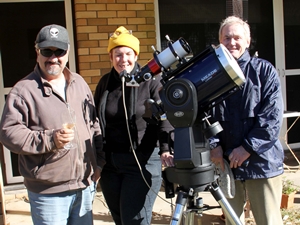 |
| The transit team at Sidding Springs for June 5&6th, 2012 Transit of Venus. |
Donna explained, “I was already studying at USQ—it is our leading Distance Education University—when my husband got the IT Manager position at the Anglo-Australian Telescope back in 2002. He had in fact bought me my first real telescope a few years before that for Christmas—a 10-inch Dobsonian—and I had been out showing the sky off to anyone who passed his parents place in suburban Sydney. So it was a no-brainer when he got the job offer and we moved to Coonabarabran, and I was able to get jobs at different telescopes over time on the Mountain—a lot of luck I guess.”
Currently, Donna is part of the education and outreach teams at Siding Spring Observatory, which uses volunteers from the local clubs who come to assist in the outreach events. However, that is not to say that is all Donna does. She has also been on research teams and, to date, has her name on three papers from Siding Spring. Her thesis paper was sparked by her question, “How does the sunspot activity of young stars, some like our sun, relate to the birth of a solar system?” Donna observes the sunspot and magnetic activity of several stars and is comparing them and their solar system(s) to our own.
 |
| Sidding Springs on Mount Simlo GPS 31* 16” 24” S 149* 03’ 52” E |
Donna (perhaps a “Carolyn Shoemaker” in the making?) is especially proud of her discovery of two comets. For the first comet, she just happened to be the new kid at the scope filling in for Gordon Garradd, who was recuperating from a cycling accident. Comet C 2006 R1 has a period of 13 years and has a retrograde orbit.
Her other discovery, comet C 2007 Q3, has an estimated orbital period of 650,000 years (that was calculated by JPL) and most likely originated from the Kuiper Belt.
Siding Spring Research School of Astronomy and Astrophysics (RSAA) is located at Mt. Stromlo Observatory, which also warehouses several telescopes from research groups. This complex is a most dynamic facility and has a great vantage point and history with NASA.
Donna is currently the president of her astronomy club and has a good working relationship with other astronomy groups. She commented that the bigger cities have several clubs, where she is often a guest speaker. She continues to strengthen the local network by sending out emails and special notices on what’s happening in the night sky. Currently her network has about 70 clubs from Australia and New Zealand which has her in communication with her fellow NC Robert McTague from New Zealand.
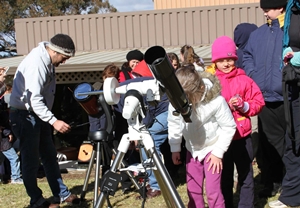 |
To raise funds to help support her sidewalk outreach, she hosts B-B-Q’s for the community. Also on these nights she will show kids how to use binoculars—she has a ball doing it, but it does take a lot of effort to pull this all together.
In 2008, Donna worked on Jumla on the website for Mike Simmons and wound up being recommended to Mike during IYA 2009. She was already active in the AWB network and feels the “One People – One Sky” is so true…and that’s why she got involved. Even thought she has travelled to Asia and England, it is always awesome, she feels, to talk to more people from around the world.
During IYA 2009, Donna got to host John Dobson and had about 40 minutes with him. Meeting John left such an impression on her that it continues to fuel her love for outreach. Today, she hosts regular sidewalk astronomy events with many aboriginal people—which has give her an even more abiding love for sharing the night sky.
 |
| Donna shares a pre-Transit of Venus toast with some friends. |
“These days I enjoy student conferences and sessions as post grads are usually equally or more motivated than I am so I benefit heaps and can also be a mentor to other young people,” Donna noted. In fact, when I interviewed Donna she was on her way to meet with a young woman who was a candidate for a work-study program. When asked about the ratio of women in astronomy, she commented that “There are a few around, and a lot more ladies coming up through the ranks.” Donna does her part to get more girls and women into astronomy by providing hands-on work experience a couple of hours a week.
When asked why she is so dedicated to AWB she replied, “Because it is one place where we all are brought together, not by politics or religion, and it doesn’t matter who we are. AWB gives us this opportunity—which is what makes us so unique.”
Who knew that this “drover brat” would roam the hallways of the top 10 schools ranked globally for space science with many of the noteworthy “Who’s Who” among astronomy leaders—Robert McNaught, Brian Schmidt, and Gordon Garradd, just to name a few.
 |
| Donna's images of June 5th & 6th’s Tansit of Venus. |
###
Read about other National Coordinators featured in National Coordinator Spotlight.









